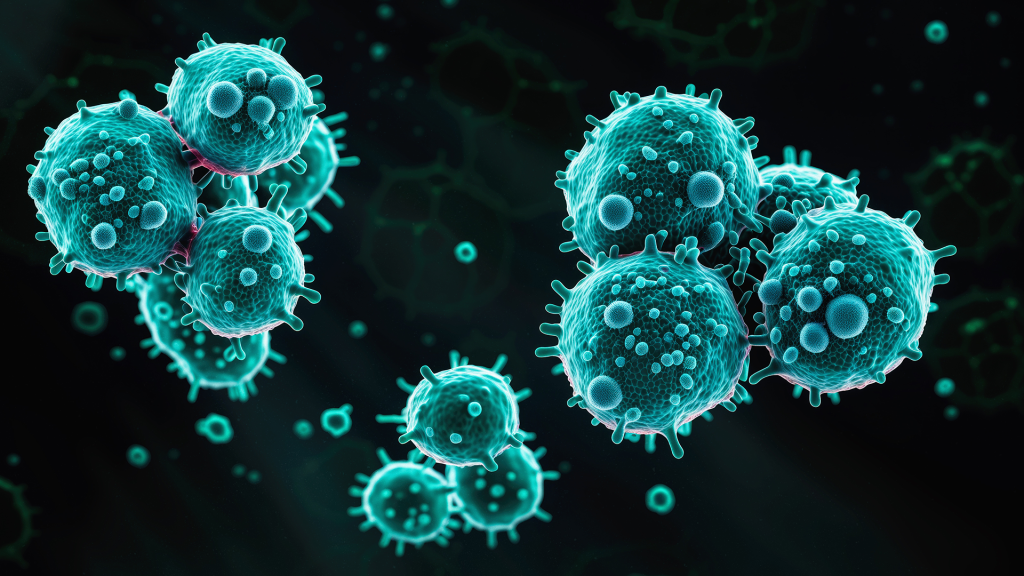-
Individualized Medicine
New Mayo Clinic tool exposes hidden cancer DNA changes that may drive treatment resistance

Some of the most harmful genetic changes in cancer are also the hardest to see. These structural alterations, deep within a tumor's DNA, can fuel aggressive growth and evade standard testing, especially when tissue samples are small or degraded.
To address this challenge, Mayo Clinic researchers have developed a new computational tool called BACDAC that shines a light on these elusive genomic patterns. The tool helps researchers identify signs of genomic instability using DNA sequencing that reads the entire genome, even in low-purity or low-coverage samples.
The tool could help clinicians better predict how a tumor will behave and guide more personalized treatment choices.
Detecting chromosome changes
At the core of BACDAC's approach is the concept of ploidy, which refers to the number of complete sets of chromosomes in a cell. While normal human cells have two sets (46 chromosomes total), cancer cells often show large-scale gains or losses, disrupting this balance and enabling unchecked growth.

"This tool lets us see a layer of the genome that's been invisible until now. We've spent decades studying the biology of genomic instability. This is the first time we've been able to translate that knowledge into a tool that works at scale."
George Vasmatzis, Ph.d.
In a study published in Genome Biology, the research team used BACDAC to analyze more than 650 tumors across 12 cancer types. The tool helped researchers detect signs of whole-genome doubling, where a tumor duplicates all of its DNA. This type of abnormal ploidy is often linked to aggressive behavior and treatment resistance.
"This tool lets us see a layer of the genome that's been invisible until now," says George Vasmatzis, Ph.D., a lead author of the study and co-director of Mayo Clinic's Biomarker Discovery Program. "We've spent decades studying the biology of genomic instability. This is the first time we've been able to translate that knowledge into a tool that works at scale."
BACDAC also provides a visual summary of a tumor's genomic landscape. A custom output called the Constellation Plot offers an intuitive view of whether the tumor's chromosomes are stable or disrupted. This may help researchers and pathologists interpret results more easily.
Next, the Mayo Clinic team plans to further validate BACDAC and develop it into a clinically deployable diagnostic tool. It may help inform treatment decisions by providing a clearer view of a tumor’s structural changes.
The study was supported in part by the Mayo Clinic Center for Individualized Medicine and the Mayo Clinic Center for Digital Health. For a complete list of authors, disclosures and funding, review the study.
More recent research from Dr. Vasmatzis
Mayo Clinic researchers reveal personalized approach to brain cancer monitoring
Mayo Clinic researchers have developed a personalized blood test that detects tumor DNA to help track the progression of high-grade gliomas more quickly and less invasively. Read more.








